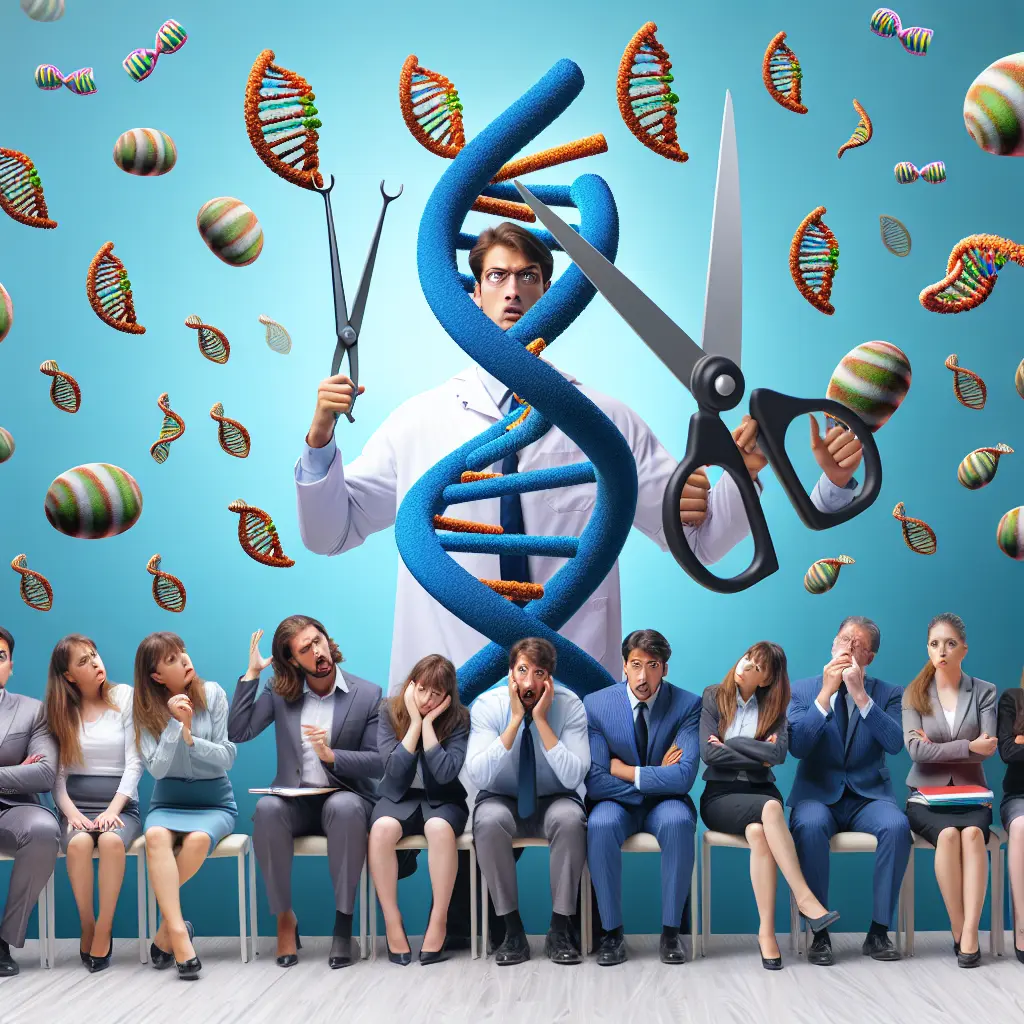
In recent years, gene editing technology has surged to the forefront of scientific research and public discourse. With advancements like CRISPR and prime editing, the potential to correct genetic disorders and enhance crop resilience is more tangible than ever. However, these scientific breakthroughs also raise significant ethical questions and vary in acceptance and understanding among the public. This blog explores the public perception of gene editing, its ethical implications, recent breakthroughs, and the societal impact of this revolutionary technology.
Understanding Gene Editing and Public Awareness
Gene editing involves altering the genetic material of living organisms. It promises to revolutionize fields from agriculture to medicine. Despite its potential, the public perception of gene editing varies widely. A fundamental component—public knowledge on genetic engineering—is still evolving. Many are only aware of gene editing through buzzwords like "CRISPR" and "genetic modification," often without a deeper understanding of the technologies or their applications.
Recent news about the first gene-editing therapy potentially curing blood disorders has sparked hope and interest. In Britain, CRISPR gene-editing is now being offered to patients with specific blood disorders, marking a significant milestone in gene editing in healthcare (source). This real-world application provides a concrete example that enhances public understanding and acceptance.
Ethical Considerations and Bioethics in Gene Editing
The societal impact of gene editing extends beyond medical applications; it touches ethical realms. Ethical considerations in gene editing are complex and involve debates about how far science should go in altering human life. The community views on gene editing are deeply divided with bioethics playing a central role in these discussions. For example, concerns arise about potential misuse or long-term ecological impacts, which are common topics in gene editing debates.
Recent Advances and Public Reaction
One of the most exciting recent advancements is the use of prime editing to correct a cystic fibrosis mutation in human lung cells (source). This technique, which is more precise than CRISPR, has shown efficiency in addressing mutations that cause life-threatening diseases, providing a glimpse into what might soon be standard treatment options.
In another innovative approach, scientists have used genome editing to restore hearing in adult preclinical models with genetic deafness (source). This not only opens doors for treating deafness but also exemplifies how gene editing can impact quality of life.
Additionally, researchers have developed novel nanosensing techniques for quality control of viral vectors in gene therapy (source), enhancing the safety and effectiveness of gene therapies. Such advancements contribute positively to the genetic modification opinion, showcasing tangible benefits and addressing safety concerns.
Gene Editing in Agriculture
Beyond healthcare, gene editing holds significant promise for agriculture. Recent discoveries in rainforest research might allow production of drought-tolerant or disease-resistant cacao trees, potentially preventing chocolate from becoming scarce (source). Similarly, scientists have unlocked genome editing techniques that could modify bacteria in the gut of animals, opening up possibilities for environmental and agricultural improvements (source).
Public Concerns and Acceptance
Despite these advancements, there are public concerns about gene editing. The introduction of nanoparticles for delivering treatments for diseases like sickle cell raises questions about long-term impacts and possible unintended consequences (source). The public opinion on CRISPR and other gene-editing tools often hinges on how these technologies are presented and perceived. Transparent communication and ethical considerations must be at the forefront to foster broader acceptance.
Conclusion
As we continue to witness groundbreaking developments in gene editing, such as reversing heart disease in mice through new techniques (source), it is crucial to engage in open discussions about the ethical, societal, and health implications. The public's understanding of and attitude towards gene editing is evolving, influenced by both its promising applications and the ethical dilemmas it presents.
As we navigate these complex waters, we must prioritize informed discussions and consider diverse perspectives to ensure that gene editing technologies are used responsibly and ethically. By doing so, we can harness their incredible potential to solve some of humanity's most pressing problems while respecting the natural world and its inhabitants.
Thank you for joining me on this exploration of gene editing. Until next time, keep questioning, learning, and shaping a world where technology benefits all.
Sarah Brighton